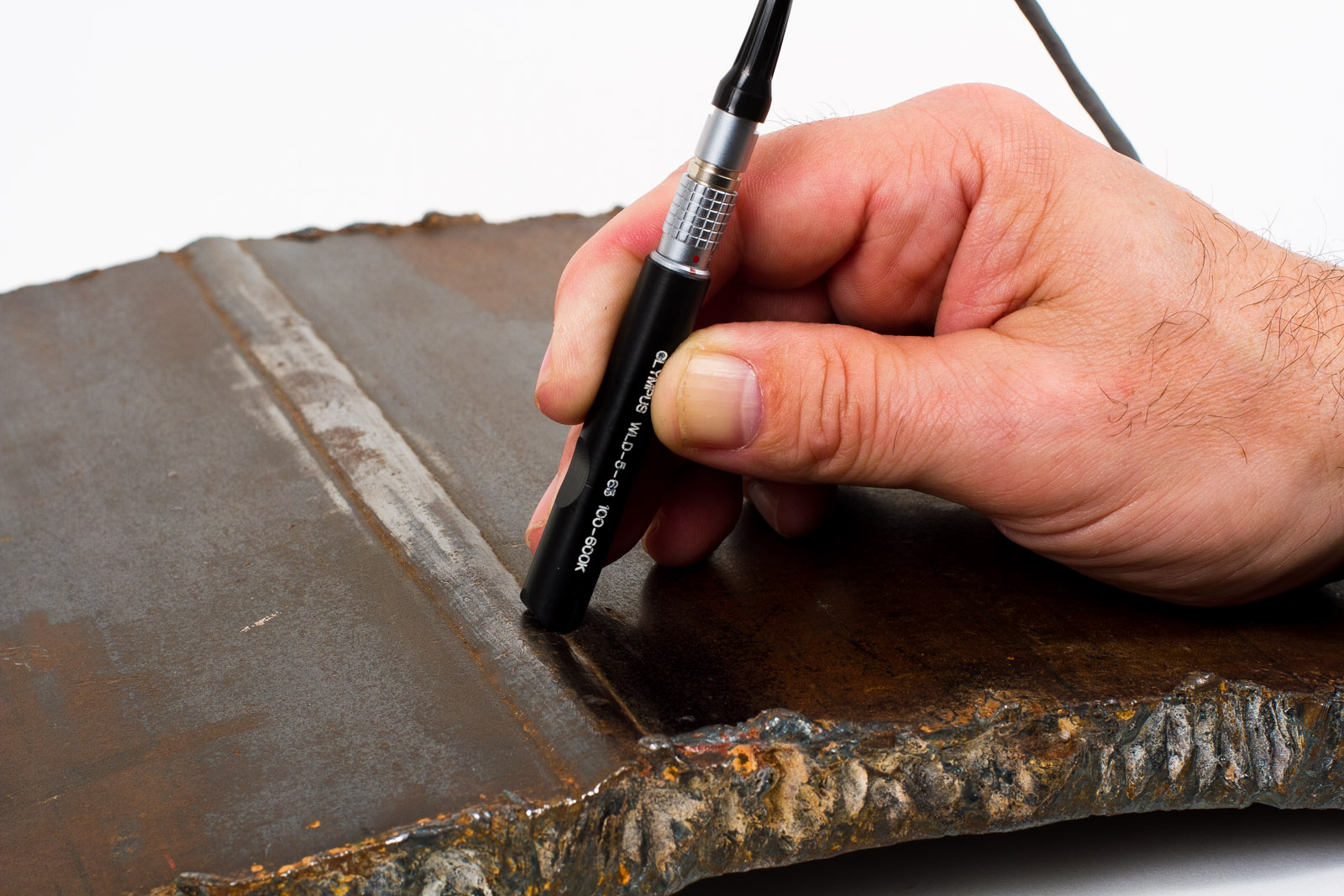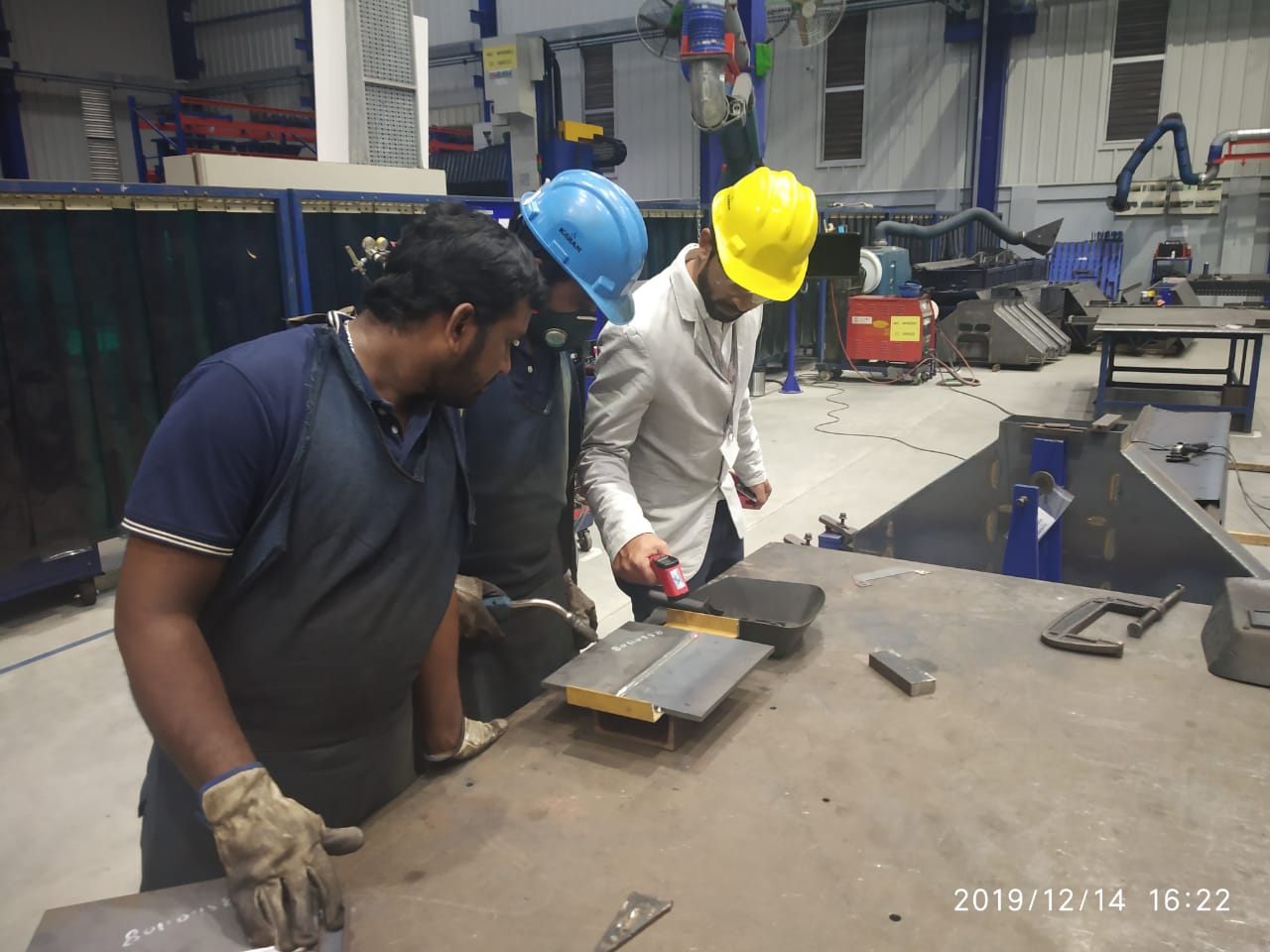Making Sure Security with Trusted Welding Inspection Milwaukee Techniques
Making Sure Security with Trusted Welding Inspection Milwaukee Techniques
Blog Article
Recognizing the Relevance of Welding Assessment in Ensuring Structural Stability
Welding inspection plays a crucial function in keeping architectural honesty within the building sector, serving as an essential guard against potential failings. By methodically recognizing typical flaws-- such as porosity and insufficient combination-- examinations not just copyright top quality criteria however additionally ensure conformity with safety and security policies.
Duty of Welding in Building

In addition to architectural applications, welding is important in the fabrication of both massive and complex parts. It allows for the customization of parts, enabling designers and engineers to bring their layouts to fulfillment. The flexibility of welding strategies, consisting of MIG, TIG, and arc welding, enables the efficient signing up with of various materials and densities, dealing with certain project requirements.
In addition, the advancement of welding technologies has actually brought about enhanced efficiency and precision in building and construction procedures. Automated welding systems boost performance while minimizing human error, therefore advertising better end results. Subsequently, the role of welding in construction extends beyond simple setting up; it is a vital factor in guaranteeing the safety and security, long life, and total stability of frameworks, highlighting its relevance in the modern construction landscape.
Typical Welding Flaws
The honesty of welded frameworks is significantly affected by the existence of defects that can compromise their efficiency and safety and security. Common welding defects consist of porosity, incomplete blend, damaging, and slag additions, each of which can severely affect the general toughness and resilience of bonded joints.
Porosity happens when gas bubbles are trapped in the weld metal, resulting in decreased tensile stamina. Insufficient blend occurs when the weld metal does not effectively bond with the base metal, causing weak joints prone to failing. Undercutting, a groove that creates beside the weld, can lower the efficient cross-sectional area, raising the threat of crack. Slag incorporations occur when non-metallic materials become caught in the weld, resulting in stress and anxiety concentration points that may initiate fractures.
Various other flaws, such as extreme spatter and misalignment, can additionally contribute to structural weak points. Identifying and addressing these problems throughout the welding procedure is important to ensure the reliability of the last framework. Understanding of these usual welding flaws is crucial for engineers and inspectors to preserve the honesty of welded frameworks and make certain lasting safety and security and efficiency.
Benefits of Welding Evaluation
Making sure the stability of bonded frameworks depends heavily on the efficiency of welding examination processes. The primary advantage of welding inspection is the very early discovery of possible defects, which can considerably reduce the danger of devastating failings. By determining issues such as cracks, insufficient blend, or porosity before they escalate, examination processes help keep the safety and security and reliability of frameworks.
Moreover, welding inspection improves compliance with market standards and laws. Following these needs is crucial for making sure and staying clear of legal consequences that jobs fulfill needed safety and security methods. This conformity likewise promotes a society of quality assurance, promoting ideal practices among welding employees.
Furthermore, routine inspection can cause cost financial savings in time. By mitigating the probability of rework or repairs due to welding flaws, companies can allot sources much more efficiently, inevitably improving performance.

Examination Methods and Specifications
Efficient evaluation methods and criteria are crucial parts of preserving the honesty of welded frameworks. Typical inspection techniques include visual assessment, ultrasonic screening, radiographic screening, and magnetic fragment screening.
Visual assessment is commonly the primary step, permitting inspectors to identify surface area defects such as cracks or improper grain forms. Ultrasonic testing employs high-frequency audio waves to identify internal imperfections, while radiographic testing makes use of X-rays or gamma rays to reveal hidden inconsistencies within the weld. Magnetic bit testing is efficient for spotting surface area and near-surface issues in ferromagnetic materials.
Criteria play a vital duty in assisting these assessment processes, with companies such as the American Welding Society (AWS) and the International Company for Standardization (ISO) giving detailed guidelines. Compliance with these standards not just makes sure the top quality of welds however also promotes trust amongst stakeholders in the structural honesty of the finished item. Following well established inspection strategies and requirements is essential to attaining long-lasting and reputable bonded frameworks.
Regulatory Conformity and Safety
Regulative conformity is essential for protecting the safety and security their explanation and honesty of welded structures. Following well-known codes and standards, such as those set by the American Welding Culture (AWS) and the American National Criteria Institute (ANSI), makes certain that welding methods fulfill strict safety and security and quality needs. These regulations are developed to avoid failings that might result in devastating events, injuries, or death.
Conformity with these guidelines involves normal assessments and Website evaluations throughout the welding procedure. Licensed inspectors assess welds for strength, quality, and adherence to specifications, making certain that any type of deviations are promptly attended to. This proactive approach not only boosts the structural stability of bonded components however also mitigates risks connected with non-compliance.
Furthermore, regulative bodies commonly need paperwork of assessments and conformity records, which act as lawful evidence of adherence to safety requirements. Firms that prioritize regulatory compliance not only secure their labor force and customers but likewise enhance their online reputation within the market. Inevitably, understanding and applying these policies is important for any type of organization aiming to keep high safety and security standards and achieve long-lasting operational success in welding methods.
Conclusion
Finally, welding inspection plays an important duty in preserving architectural stability within the building industry. By determining common defects such as porosity and insufficient blend, assessments assist in early intervention, promoting quality control and compliance with industry criteria. The execution of numerous inspection strategies not only enhances safety and security however likewise adds to the general sustainability and reputation of construction methods. Inevitably, a commitment to rigorous welding inspection is essential for securing both the labor force and the honesty of constructed structures.
The versatility of welding strategies, including MIG, TIG, and arc welding, permits for the efficient joining of various products and thicknesses, catering to certain job demands.
Making sure the honesty of bonded structures relies heavily on the efficiency of welding examination procedures (Welding Inspection Milwaukee). In recap, the advantages of welding examination are diverse, crucial for ensuring architectural integrity and operational excellence
Sticking to established codes and criteria, such as those set by the American Welding Culture (AWS) and the American National Criteria Institute (ANSI), makes sure that welding methods meet rigorous security and you could try here top quality demands. Ultimately, a dedication to extensive welding inspection is crucial for safeguarding both the workforce and the honesty of constructed structures.
Report this page